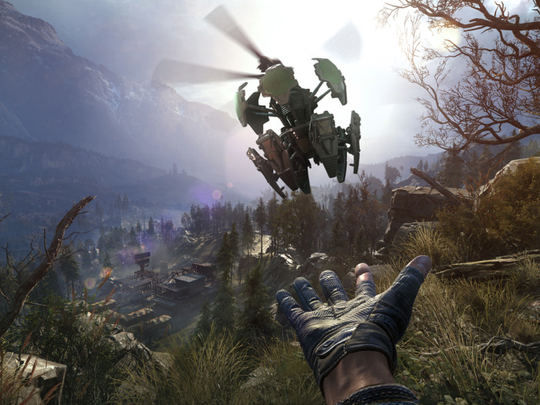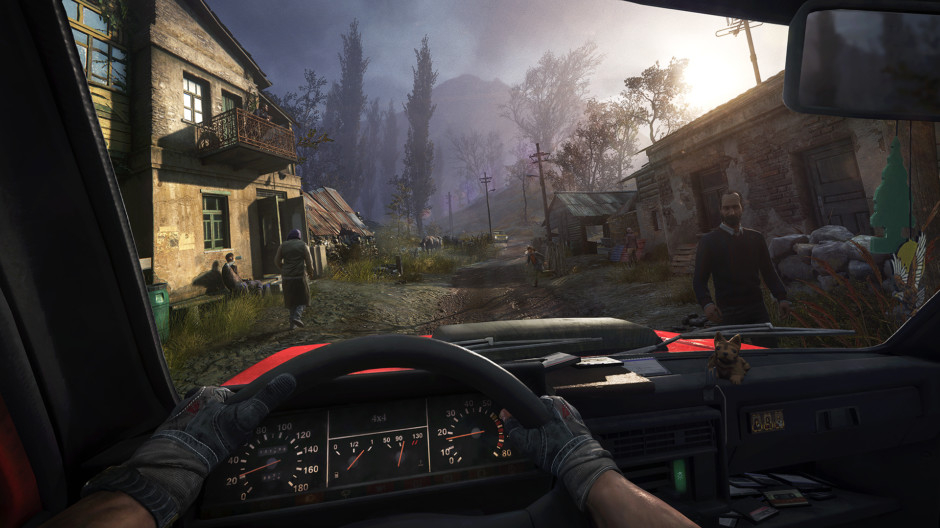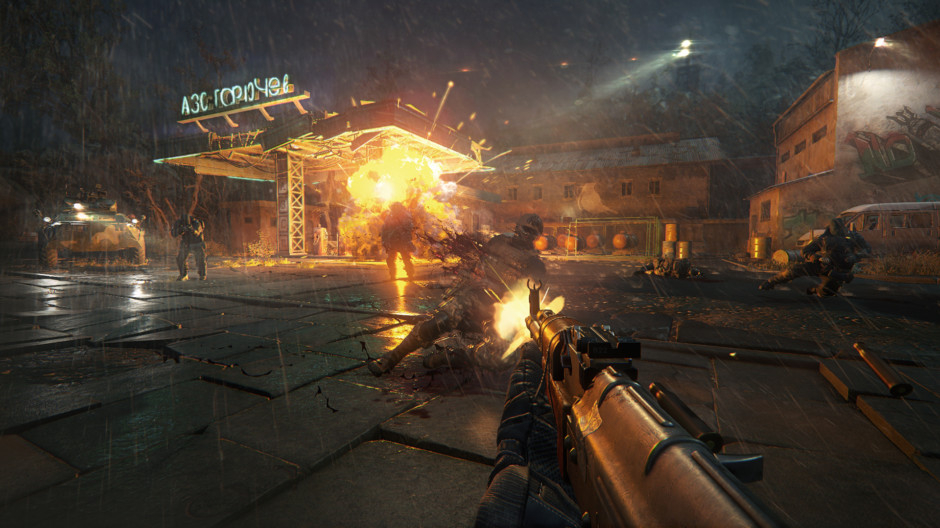
“Almost every soldier on both sides shared a hatred of snipers,” writes British military historian Max Hastings in a book about the final years of the Second World War.
As a result, snipers were frequently “shot out of hand if captured.
“There was no logic or provision of the Geneva Convention to justify such action. Sniping merely represented the highest refinement of the infantry soldier’s art.”
Yet the most successful snipers were also revered by the other soldiers on the same side. This ambivalence with regard to the art of sniping carries over even into the world of video games, where skilled snipers are both admired and hated by others in online multiplayer games. There are servers where snipers are banned, yet also ones that pit only snipers against one another.
Whatever one’s real-life feeling about snipers and their role in warfare, there’s no doubt that many people find it a lot of fun to play the role of a sniper. If you’re one of them, you should be very excited about Sniper: Ghost Warrior 3, by Polish developer CI Games. It’s the first game in the series to feature “AAA levels of production”, and also the first to taken an open-world approach.
I had a chance to try the game at the Middle East Film and Comic Con in Dubai last weekend, and ask Senior Level Designer Tomasz Pruski some questions about it.
What made you decide to go open-world for the third instalment of the series?
We felt like the open world would complete the sniper fantasy of the game, where you’re a lone warrior behind enemy lines and have to gather your own intel and come up with your own strategies. The open world allowed us to let players loose on the game and find their own solutions to their objectives.
Everyone seems to want to go open-world these days, with mixed results. Some get it very right (The Witcher 3, Zelda: Breath of the Wild), while others not so much (Mass Effect: Andromeda, some entries in the Assassin’s Creed franchise). What do you think is the key to making such a transition effective?
I think the key is figuring out early in development what you want you open world to be. We knew clearly that we didn’t want to make a RPG [role-playing game] where you wander from village to village talking to NPCs [non-player characters], but rather to make this support good sniper gameplay.
It’s not too hard to imagine what a level designer does in games with discrete levels. But what does a level designer do in an open-world game? Is the approach very different or is there a lot of carry-over in terms of approach and the necessary skills?
A lot of it carries over, but there is the element of finding the balance between sniper gameplay and the Ghost and Warrior approaches that the game lets us take, so we tried to create locations that don’t favour any approach over another.
Let’s say I enjoy first-person shooters, but I only have so much time to play games. I need to pick one of the many options out there. Why should I pick SGW 3?
Because you want to live out the ultimate modern sniper fantasy from your couch, you want to customise your weapons, and explore the exotic Georgian landscape.
What’s your favourite weapon in the game? How many weapons are on offer?
My personal favourite is the McMillan TAC338 which is the rifle that Chris Kyle used on his tours. There are over a dozen sniper rifles, several assault rifles, a few shotguns, many pistols, and two bows in the game. Complete with a bunch of gadgets that players can used to dispose of enemies.
Do you see the series as focused on the casual or the hard-core gamer?
We’re aimed at a slightly more core audience with FPS experience, but encourage everyone to take a shot.
Could we be seeing SGW 3 or other upcoming CI games on Nintendo Switch in the future?
Sniper 3 is too advanced in production to be ported to the Switch, but we’re talking to the good people at Nintendo, and we’re looking at future cooperation for CI titles [not only sniper].
Any advice for people wanting to break into the games industry?
Download a free game engine, go on youtube for tutorials and start developing. Then show a studio that you have some experience and apply for a junior position. Fingers crossed!
And any advice for smaller developers on how to make it big?
Finish your projects, no matter how small they might be, always finish what you started — it will give you the experience and the discipline to make it big.
Release date: April 25
Platforms: Windows, PS4, Xbox One












